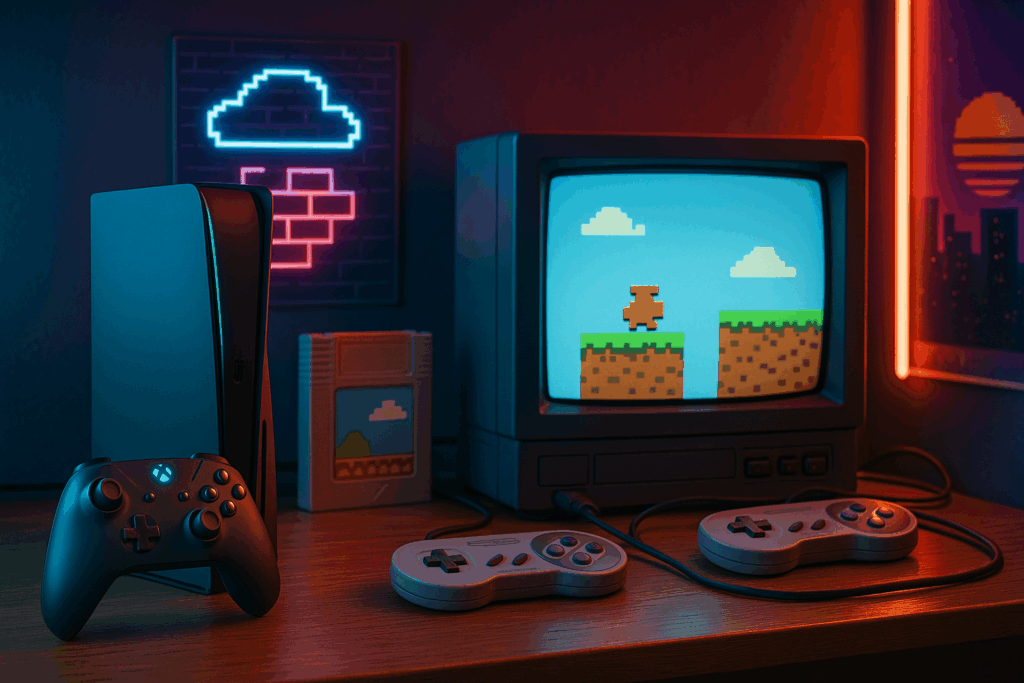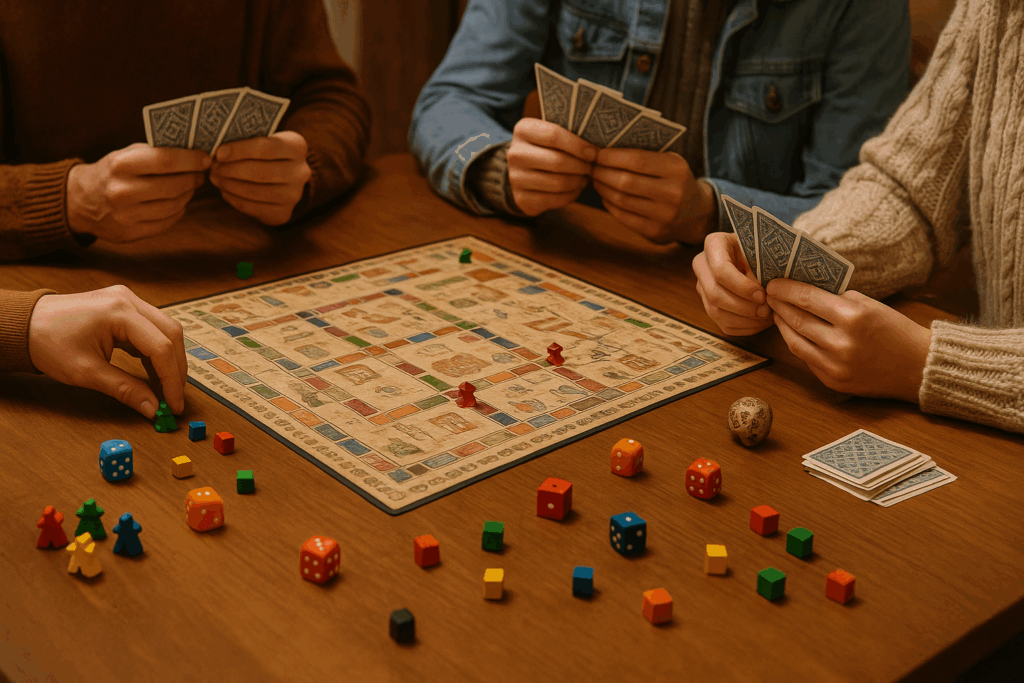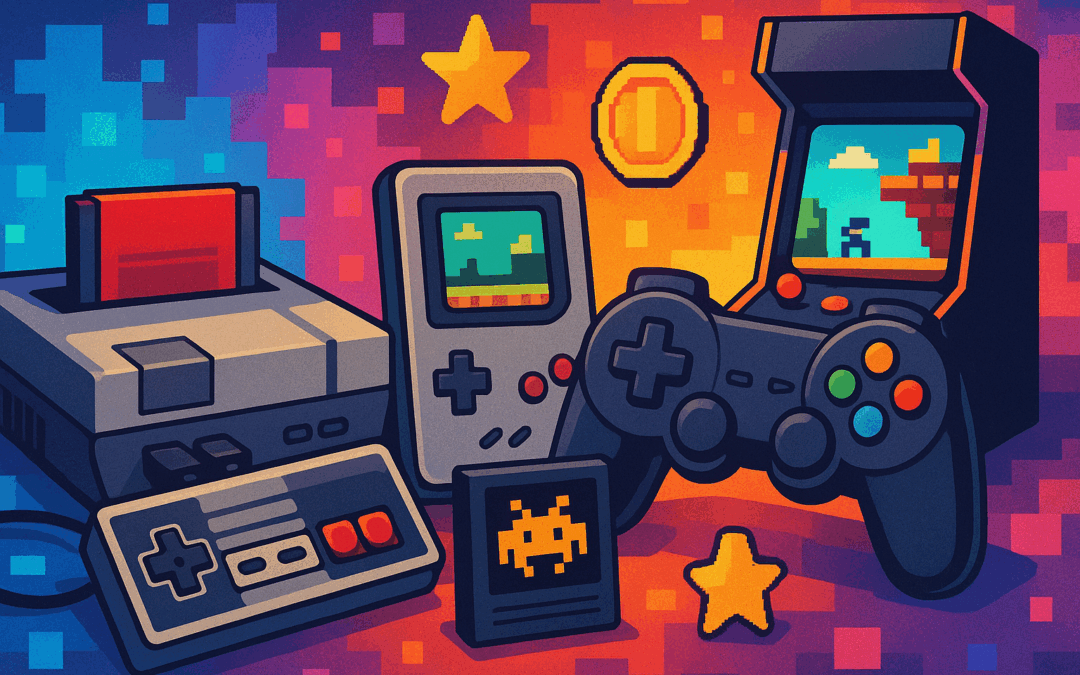There’s a growing trend sweeping the gaming world—and it’s not about cutting-edge graphics or virtual reality. Instead, players are reaching for the past, embracing the charm of classic games. Whether it’s 8-bit adventures, analog board games, or arcade cabinets, retro gaming is having a serious moment. But what’s behind this surge of interest in the old-school?
Nostalgia Reloaded

For many, retro games offer a powerful dose of nostalgia. These games were formative—shared with siblings, played in arcades, or experienced on rainy afternoons with friends. Revisiting them sparks joy, reminding players of simpler times. It’s no wonder that companies are re-releasing old consoles and bundling them with beloved titles—there’s comfort in the familiar.
Modern Tech Meets Timeless Fun

While the original versions still hold magic, today’s technology has helped revive these games for a new generation. Remastered editions, digital downloads, and mobile ports have made classic games more accessible than ever. Developers are even blending retro aesthetics with modern gameplay, creating “neo-retro” hits that appeal to both old fans and curious newcomers.
New Audiences, Old Classics
It’s not just millennials reliving their childhoods—Gen Z gamers are jumping in too. Many younger players are drawn to the straightforward mechanics and unique visual styles of classic games. For them, retro represents authenticity and originality in a world saturated with high-production blockbusters. Influencers and streamers showcasing these games also help introduce them to fresh eyes.
Tangible Play and Tabletop Trends

Beyond digital screens, the retro revival includes analog classics like Dungeons & Dragons, card games, and vintage board games. In an era where digital fatigue is real, many are rediscovering the joy of face-to-face play. These tactile experiences offer social connection and a break from endless scrolling.
A Culture of Preservation
Preserving gaming history is another driving force. Communities, collectors, and even museums are working to catalog and archive these digital artifacts. From ROM hacking to fan-made emulators, efforts to keep classic games alive are becoming a cultural movement that values history and legacy.
The Future of the Past
Retro gaming is no longer a niche hobby—it’s a thriving subculture influencing mainstream trends. Whether it’s the pixel art aesthetic in modern indies or the resurgence of couch co-op gameplay, the past is shaping the future of gaming. As long as there’s a desire for connection, storytelling, and play, retro games will continue to hold a special place in the gaming world.

